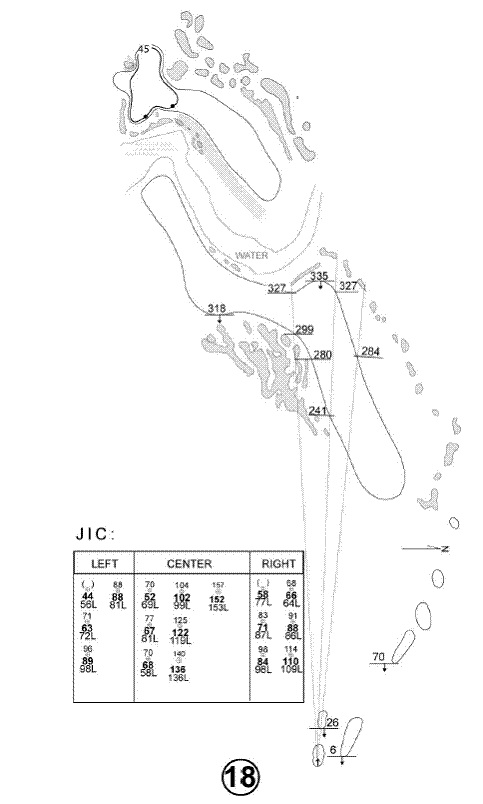Dustin Johnson and Intent**
/One reason the Dustin Johnson penalty is not sitting well: he did not test the sand in the bunker. He did not intend to violate the rule. That said, he violated the rule. No question. But in a few well-known cases of late, rules officials have allowed intent to influence their decision to not penalize a player. Rory McIlroy kicking sand at the Masters and Kenny Perry mashing down rough behind his ball in Phoenix come to mind. (There is an old post with stellar comments well worth going back and reading for those interested in the intent debate, including one by Tom Kirkendall that will make you giggle at its prescience.)
While I understand the rule in question and the violation by Johnson, why isn't intent allowed to play a role here? After all, the only reason we know about this incident is because it happened on camera. The walking rules official did not see the violation happen and Johnson was not going to call a penalty on himself because he didn't realize he committed one. Had this happened Thursday off camera, no penalty would likely have been incurred. So since we have the addition of cameras, tape and viewers calling in, leading to penalties like this, shouldn't the rules also allow for that tape to take intent into account? It seems that precedent has already been set with the statements in the McIlroy and Perry episodes? No?
Rules gurus, please set me straight!
**There's a nice response from John Vander Borght on his blog to the intent question.





















